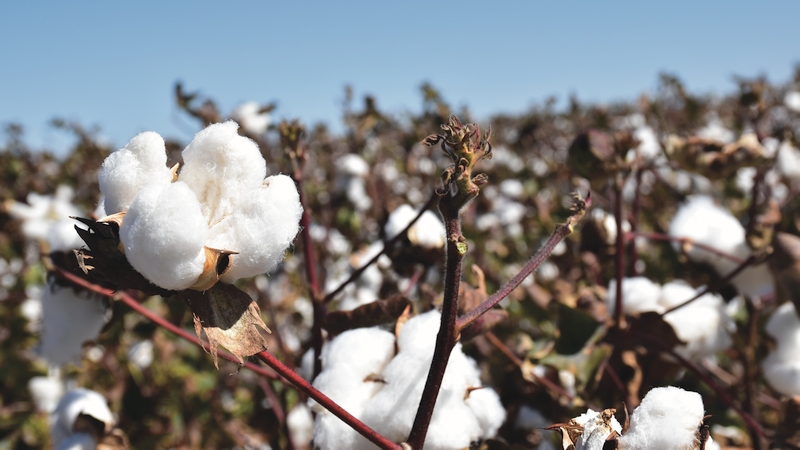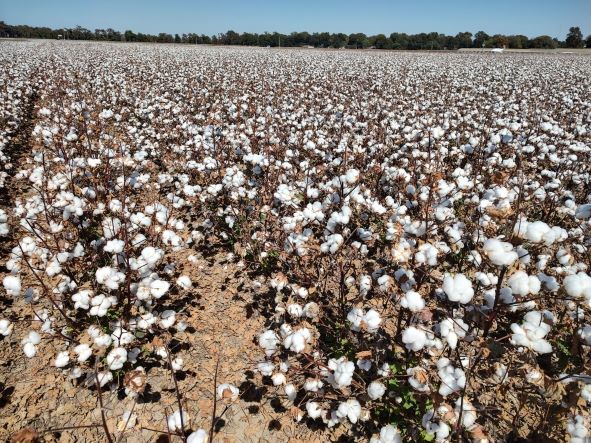Porous Nonwovens and Textiles Are Effective Barriers Against Viruses
Containing airborne disease and epidemics due to microbial transmission is a priority endeavor for the healthcare and allied non-medical sectors. The need for multiple aspects of protection against viruses is emerging due to growing incidents of viral infections like the recent measles upsurge in West Texas.
The Nonwoven and Advanced Materials Laboratory at Texas Tech University focuses its research efforts on filters and PPEs against microbes and on environmental safety products such as 100% cotton oil absorbent nonwovens. The overall goal of the laboratory is to find new applications for cotton such as medical textiles, and the ongoing work is supported by U.S. cotton growers through Cotton Incorporated and the Texas State Support Program.
As part of a major research project, a review of earlier research on virus persistence has shown that porous textile materials like nonwovens can be effective barriers and decontamination materials, while hard surfaces like metal sheets and plastic plates tend to retain viruses over a longer period.
The work recently appeared as a review article in peer-reviewed Future Virology journal, with contributions from graduate students Bunmi Olopade, Md Faizur Rahman, and Mirza Khyum.
Details of the structure and persistence of viruses on fomites and other matrices are provided in the article, which may be of interest to the textile community so that new antiviral products can be developed.










